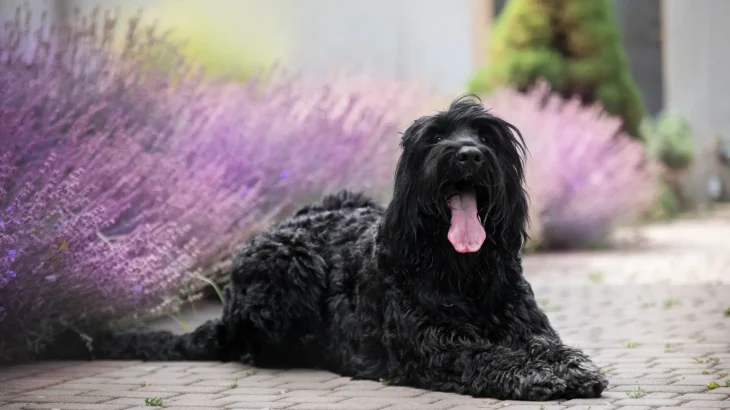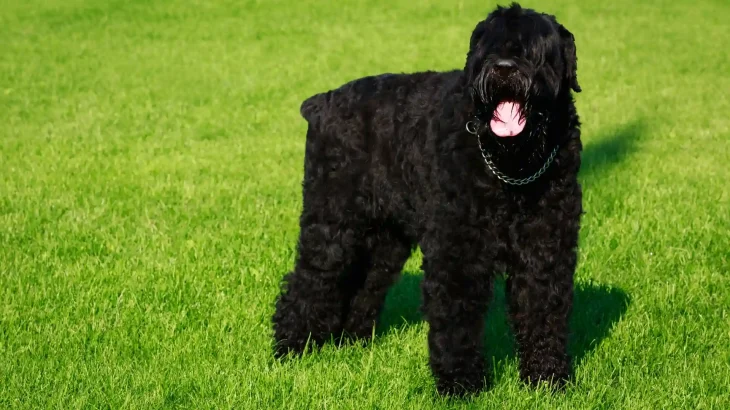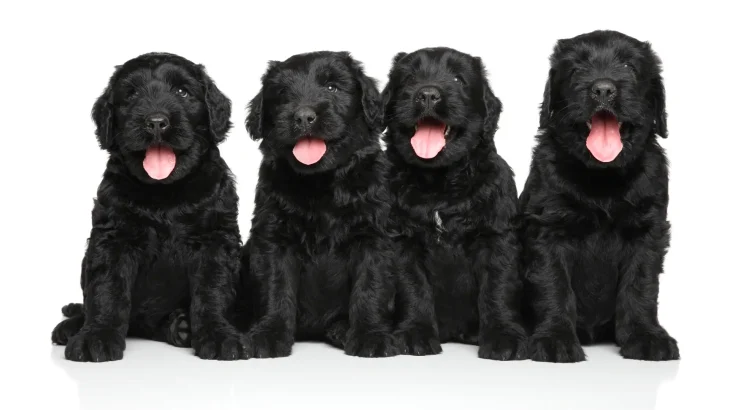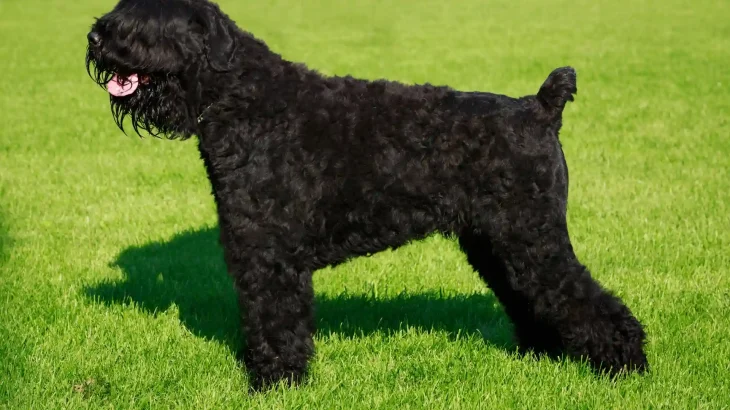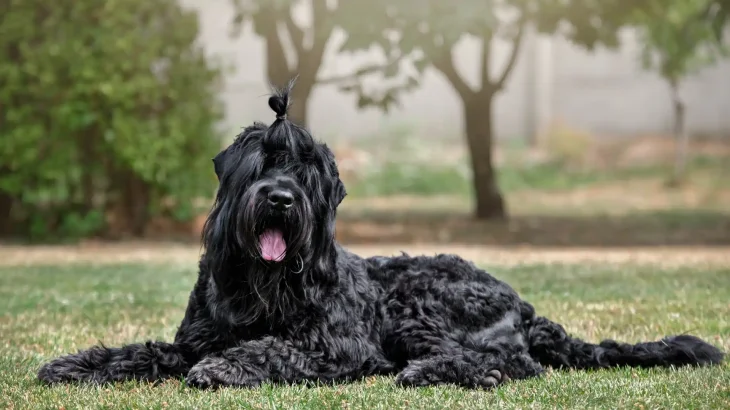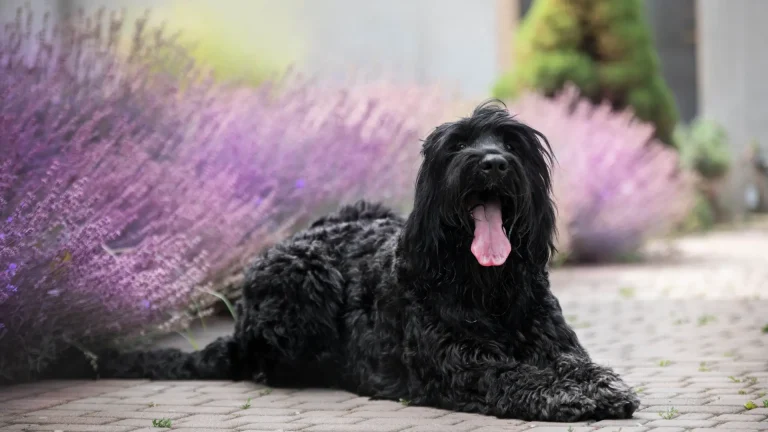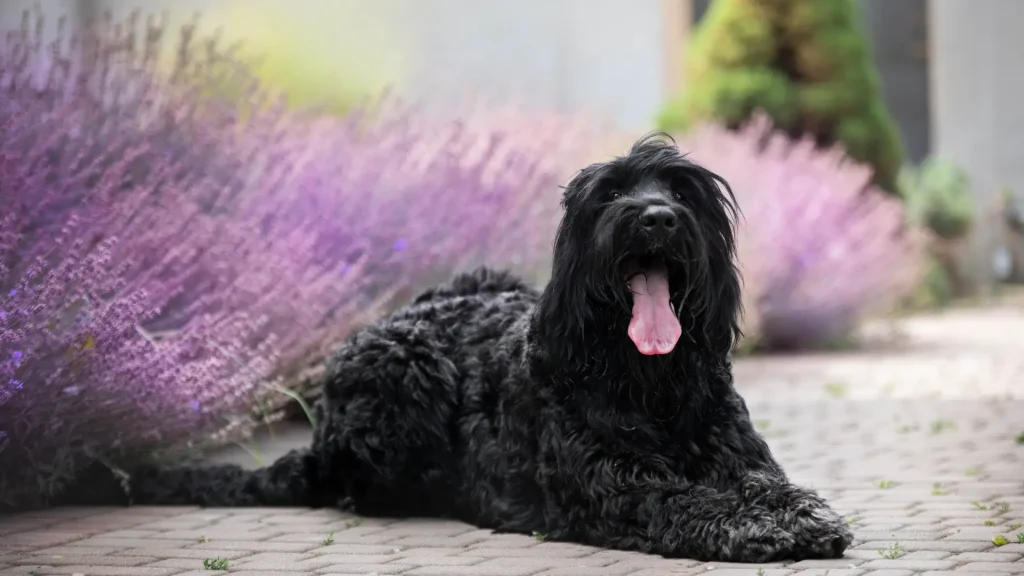Deciding whether to adopt or purchase a Black Russian Terrier puppy depends on your priorities regarding health assurance, cost, and support. Buying from a breeder often provides detailed pedigree and health information, while adoption offers the chance to give a home to a dog in need but with less certainty about background.
| Criteria | Buying from Breeder | Adopting from Shelter/Rescue |
|---|---|---|
| Cost | Usually higher initial cost because of purebred status, often several thousand dollars. | Lower fees, usually a few hundred dollars, making it more affordable. |
| Health History | Comprehensive health screenings and genetic testing typically provided. | Health history may be unknown or incomplete; basic vet checks are common. |
| Age Availability | Mostly puppies, allowing early training and socialization. | Varies from puppies to adults, offering flexibility. |
| Temperament Insight | Breeders often provide lineage details and expected temperaments. | Temperament assessed through behavior observation; history may be unknown. |
| Supporting Practices | Supports controlled breeding programs; choose reputable breeders. | Supports animal welfare by rescuing dogs in need. |
| Breed Purity & Pedigree | Documentation ensures purebred status and pedigree. | Less certainty about purebred status unless from breed-specific rescue. |

